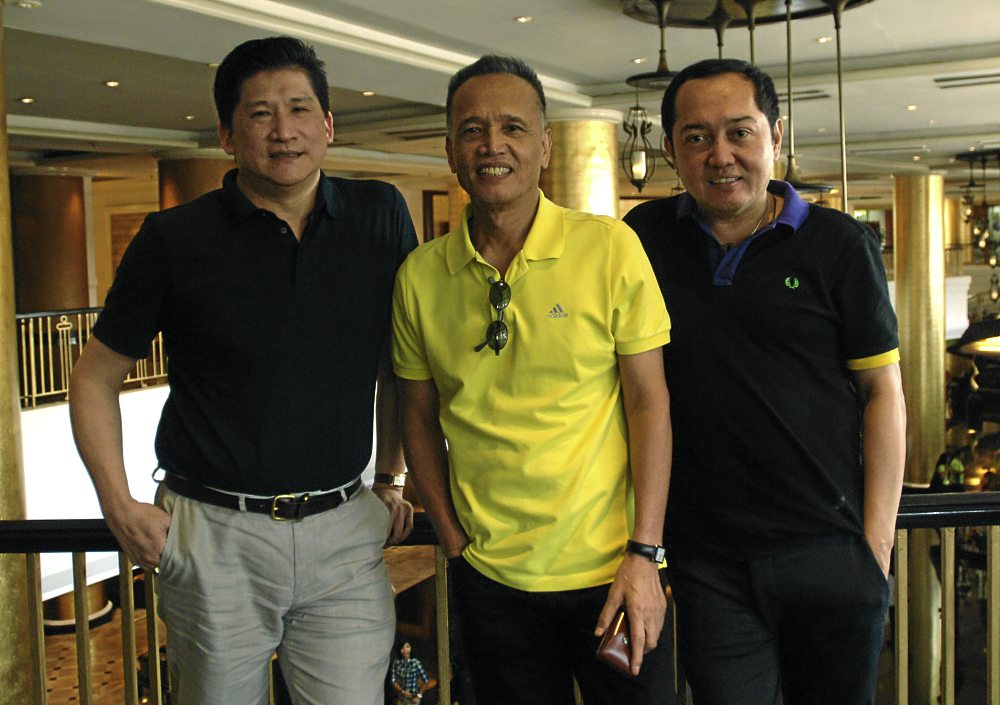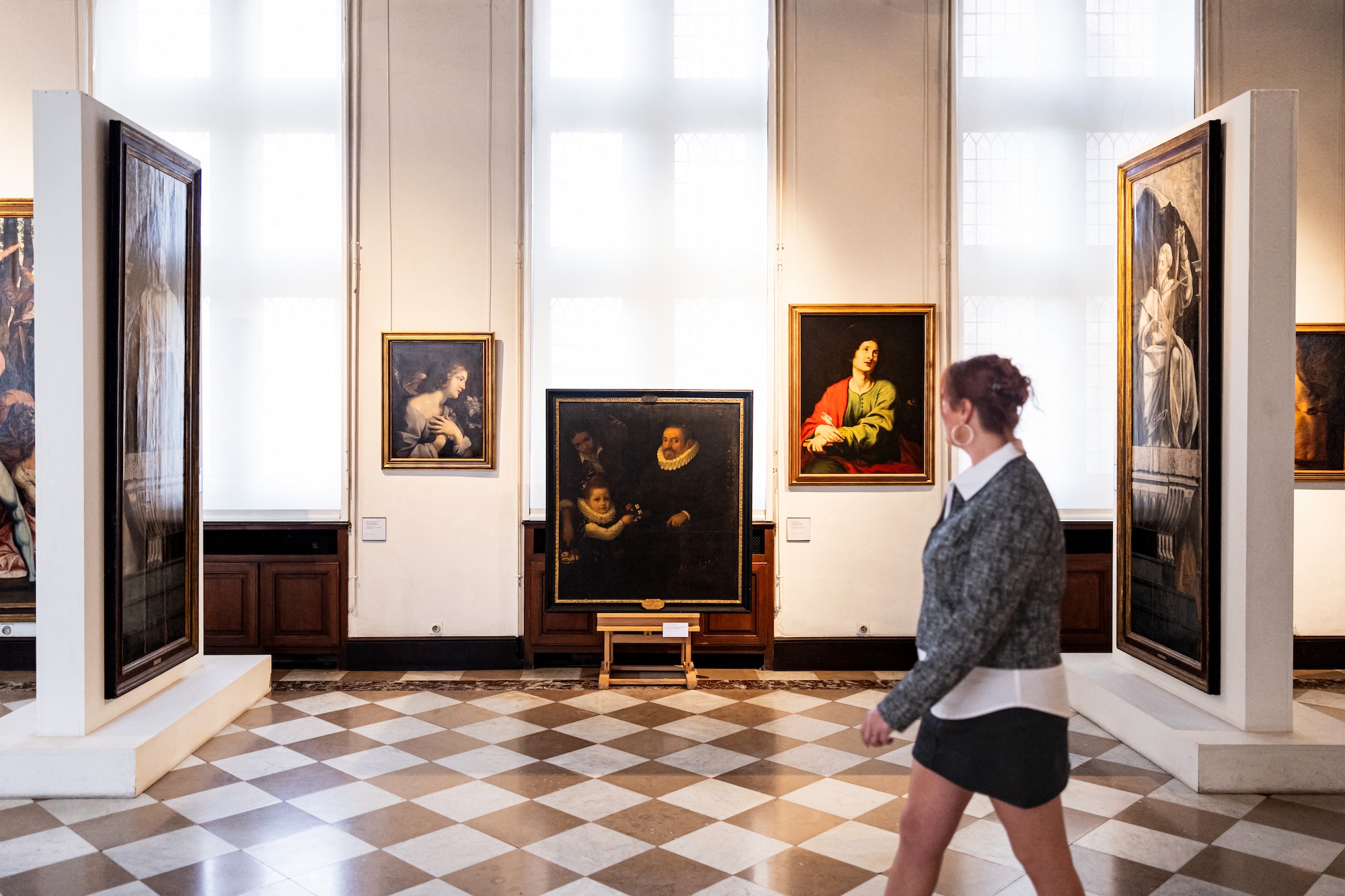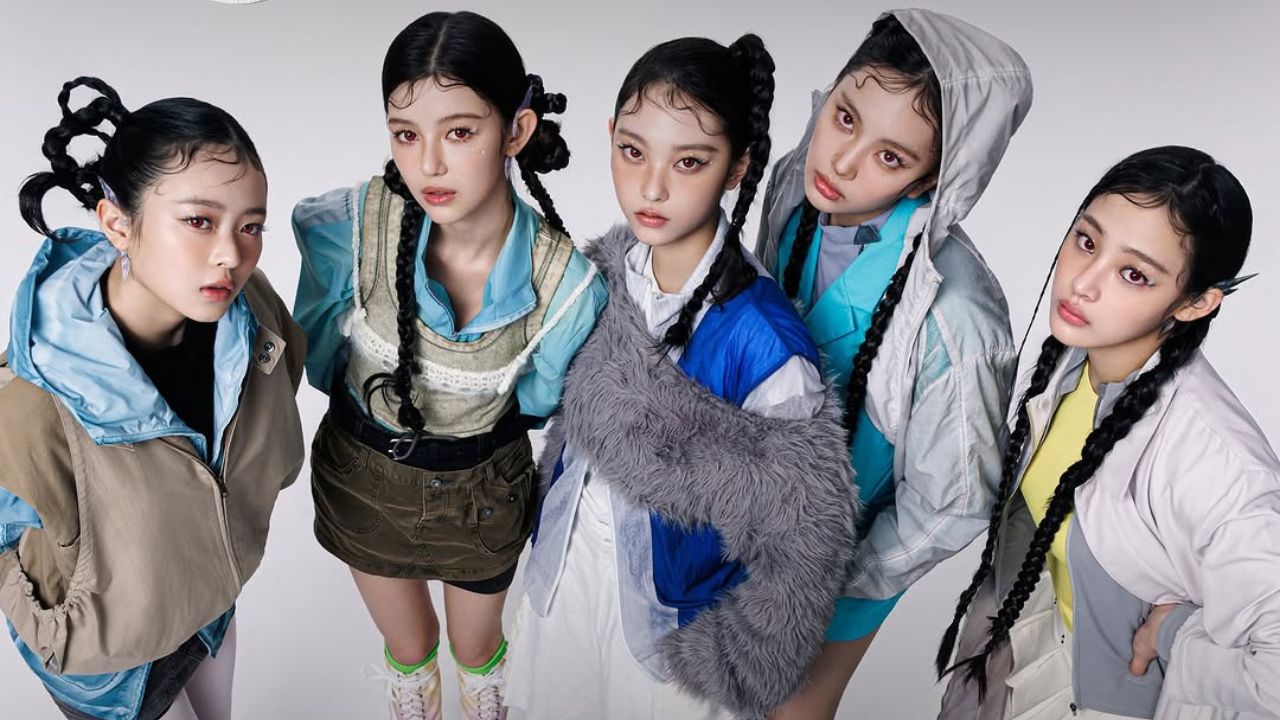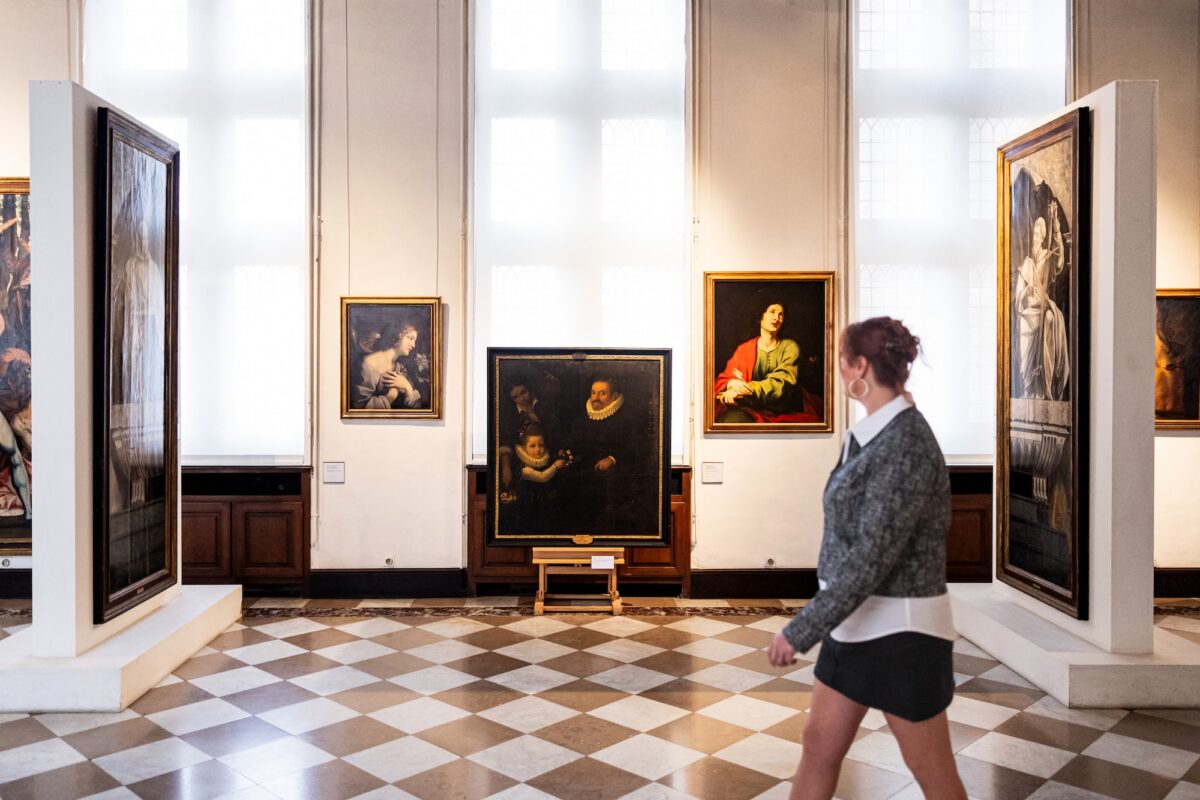
The bridal industry has progressed in such a way that a wedding is not merely a ceremony; it’s a showcase of lifestyle and taste,” says fashion designer Mike dela Rosa.
With unlimited fashion references and countless wedding planners, designers, photographers, videographers and stylists, weddings are no longer just about the church ceremony and the reception.
“Weddings have become a big production,” says Fashion Design Council of the Philippines (FDCP) president JC Buendia. “Gone are the cluttered designs of the past.”
Samsung Face-Off 2012, to be staged by Inquirer Lifestyle and LOOK Magazine on Sept. 5 at Dusit Thani Manila Hotel, will show just how dynamic, innovative and sophisticated the bridal designs are of Filipino fashion designers.
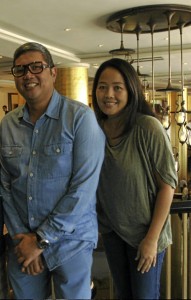
Thirty-eight designers will present their wedding gowns in what should be the biggest bridal show in the country this year.
The list of designers cuts across generations, and includes the top designers of Cebu.
But more than the quantity, Face-Off will give the audience a good grasp of the competitive level of the Filipino fashion designers where wedding ensembles are concerned.
Also at Dusit, in the ballroom foyer and lobby, Face-Off, with Champion Infinity, will have a Filipino Heritage Bridal Exhibit featuring the famous wedding gowns created by eminent designers Pitoy Moreno, Ben Farrales, Auggie Cordero, Nolie Hans, Mike dela Rosa, Randy Ortiz, Rhett Eala, Philip Rodriguez.
As wedding venues have also evolved, from grand churches to picturesque resorts, designers have compensated by creating gowns that are less constricting and more practical.
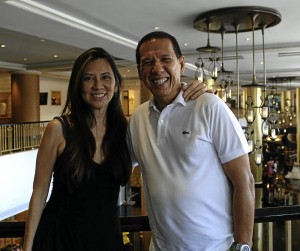
For Arcy Gayatin, brides want not only something they’ll look good in, but also something they can easily wear during the reception and move around in for dancing afterward.
Randy Ortiz says, “Gone are the cluttered designs of the past, the frivolous froufrou of voluminous bouffant gowns.”
“Gowns from the past were more intricate and elaborate, as most materials and trimmings came from Europe rather than China, and embroideries were made by hand,” says Hindy Tantoco. “If we made dresses today in that manner, the cost would be price-prohibitive for most.”
The availability of readymade embellished laces and fabrics also makes it easier for designers to finish a wedding gown in less time.
“This also leads us to the current trend of tweaking and manipulating fabrics in lieu of traditional embellishments like embroidery and beadwork,” notes Ronaldo Arnaldo.

For Ortiz, modern gowns are all about figure-flattering silhouettes, moderately long trains, intricate semi-embossed embroideries, textured patterns and subtle beadwork.
“Now, less is more,” says Gregg Centeno.
More experimental
As today’s bride is more independent and decisive when it comes to choosing her gown (and husband-to-be), the contemporary Filipina bride is also more experimental with her gown’s cut, color and detail. This, according to Jun Escario, gives designers more opportunities to demonstrate their talent.
Rajo Laurel says, “Brides now know what they want. Before, they were influenced by a lot of external factors, including the opinions of their mothers and grandmothers.”
Other designers such as Eric de los Santos and Sassa Jimenez note that introducing a hint of color into traditional designs is a trend in wedding gowns, which creates a more youthful look.

“Fashion is always evolving, but the bridal industry isn’t as much at the mercy of trends as the fashion industry is,” says Gayatin.
She adds, “I think we’ve all learned our lesson from the ’80s, so each bride wants to look timeless on her wedding day.”
“Filipina brides also follow a strict set of parameters from the Catholic church, so balancing both sides is imperative,” adds Laurel.
The growing wedding industry has not only provided designers financial gain, but also widened their artistic sense.
“This is where the bride and the designer share and express their romantic thoughts together in creating a gown, to best ‘interpret’ the bride on the most important day of her life,” notes Rodriguez.
Individualistic designs
Undeniably, the local bridal industry has a captive market, which boosts healthy competition among bridal designers—keeping them on their toes and motivating them to produce better designs.
“This can also have a negative effect in the sense that sometimes it becomes a price war,” says Patrice Ramos-Diaz. “I hope that despite this situation, the design industry can maintain a high level of design aesthetic and craftsmanship.”
Bridal designs are also readily available online, which makes it easier for designers to “conceptualize a theme for brides, but at the same time, makes it less of an imaginative challenge for 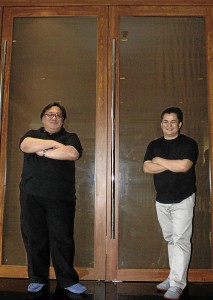
Auggie Cordero notes, “Though they’re very visual, brides today don’t know the intricacies of creating a wedding gown, such as the kind of materials [and their value] that should be used for the gown and that would fit their budget.”
Also, with the opening of RTW bridal stores, some brides would rather buy off-the-rack pieces abroad made by popular foreign designers—perhaps, to save them time from doing fittings.
“I think it’s a pity because they end up losing out on the personal touch only a custom wedding gown could give,” says Tantoco.
At the end of the day, as Vic Barba and Cordero note, creating a dress that would reflect the personality of the bride is still paramount.
Cordero’s advice to brides: Be honest about your budget, what you want, and who decides on the gown’s design. You have to be realistic and specific.
Other participating designers are Loretto Popioco, Ivarluski Aseron, Lulu Tan-Gan, Dennis Lustico, Tonichi Nocom, Efren Ocampo, Yvonne Quisumbing, James Reyes, Joey Samson, Cary Santiago, Jerome Salaya Ang, Martin Bautista, Pablo Cabahug, Noel Crisostomo, Chris Diaz, Joel Escober, Veejay Floresca, Jerome Lorico, Vania Romoff and Kristel Yulo.
Jackie Aquino will direct the show.
PHOTOS BY JIM GUIAO PUNZALAN

